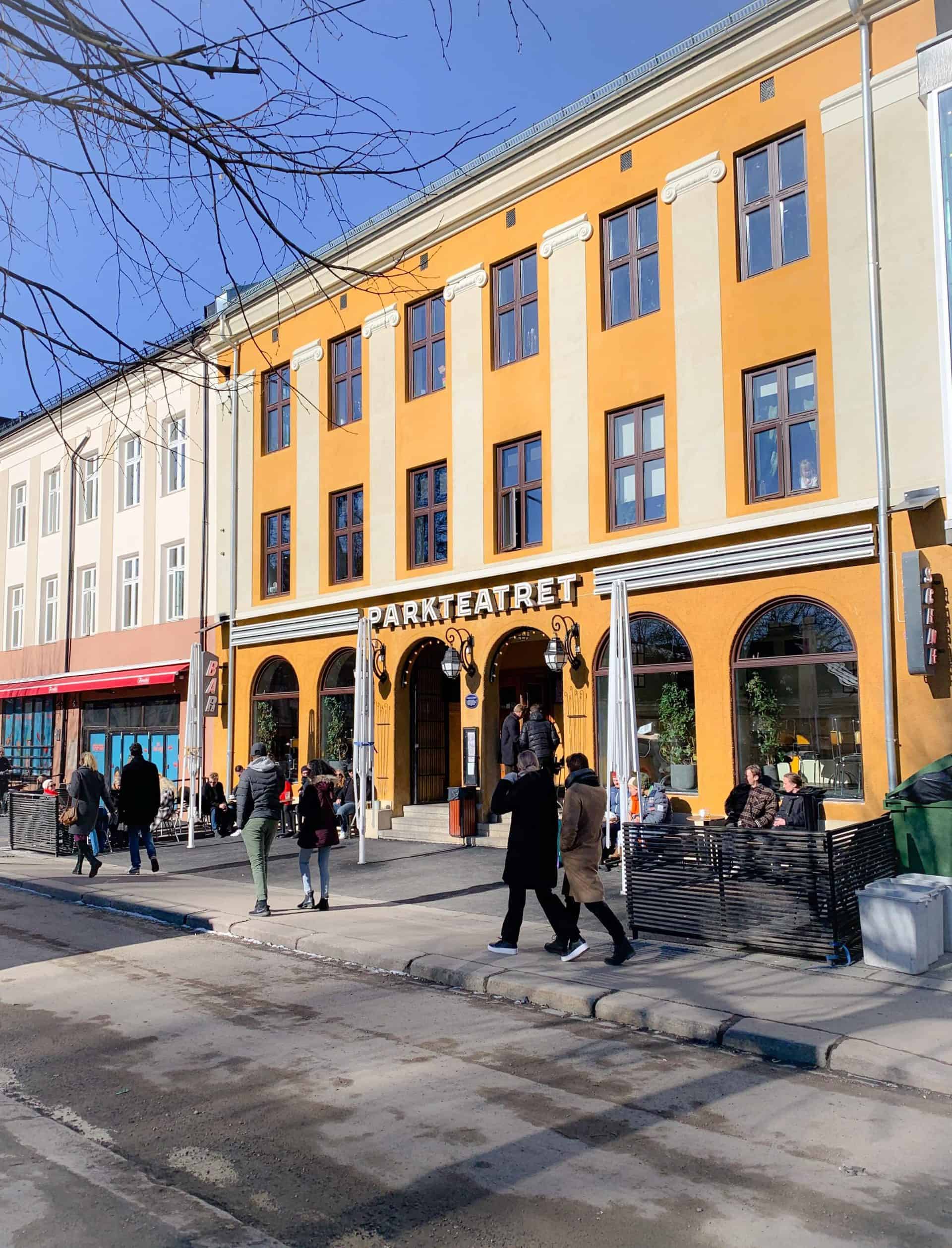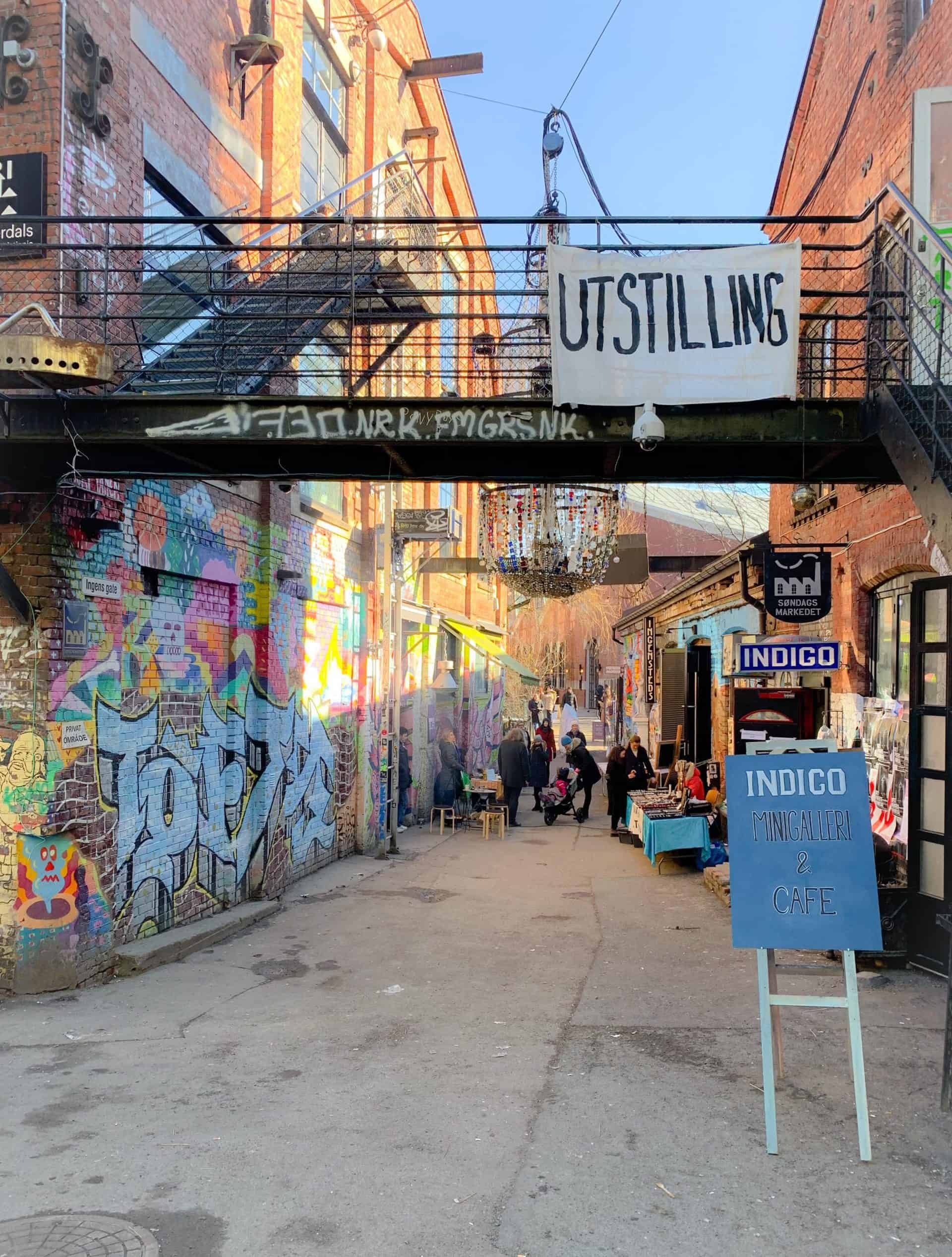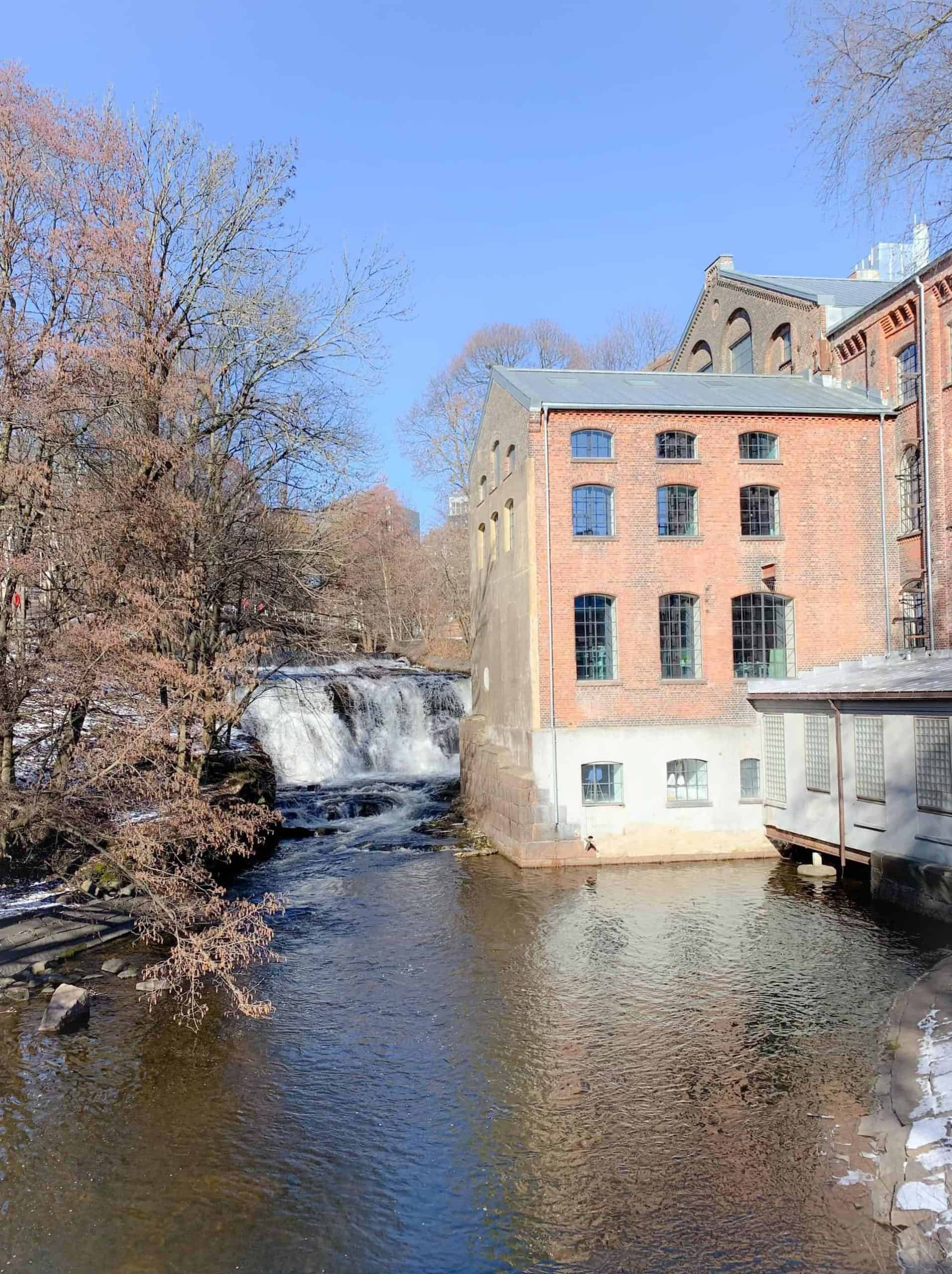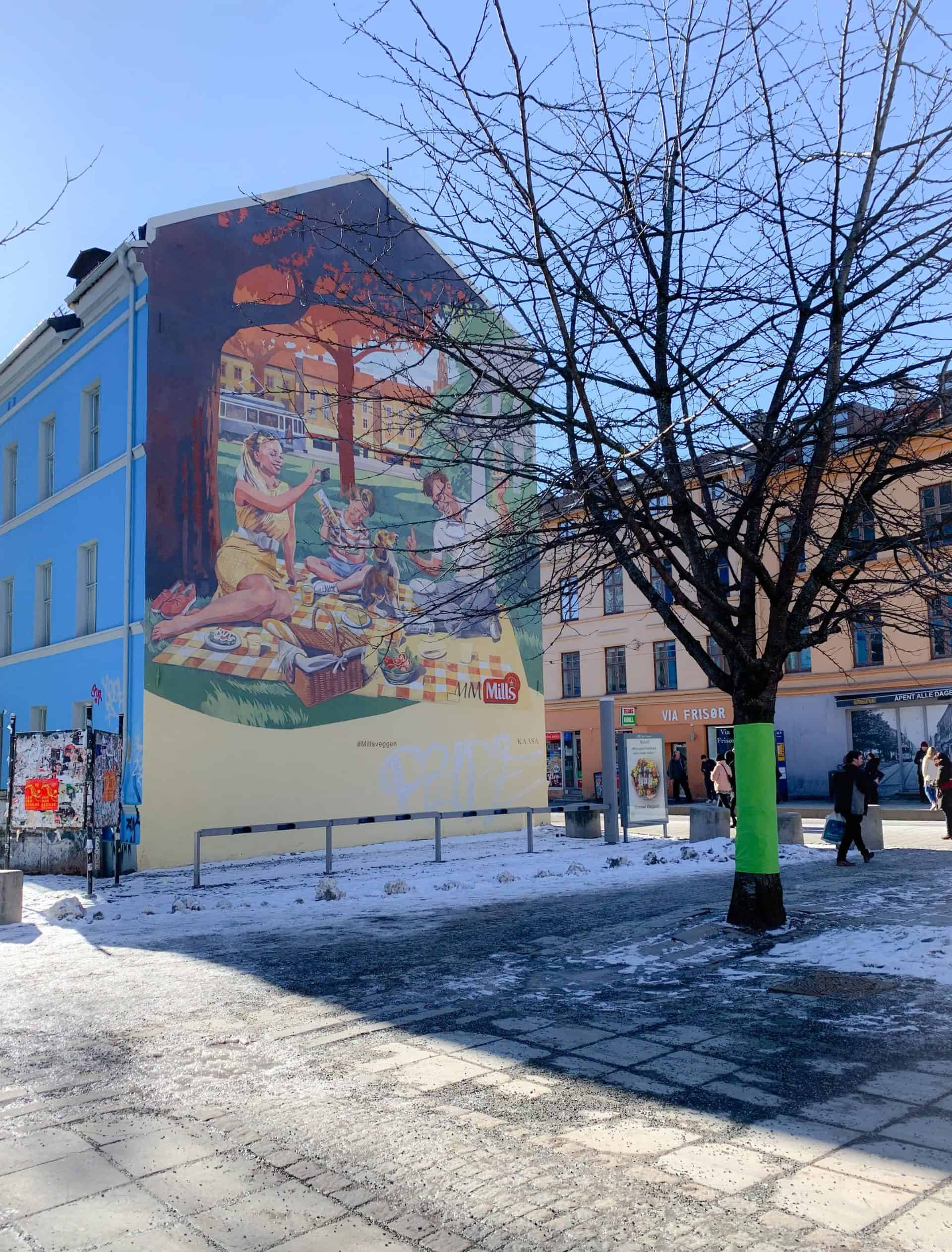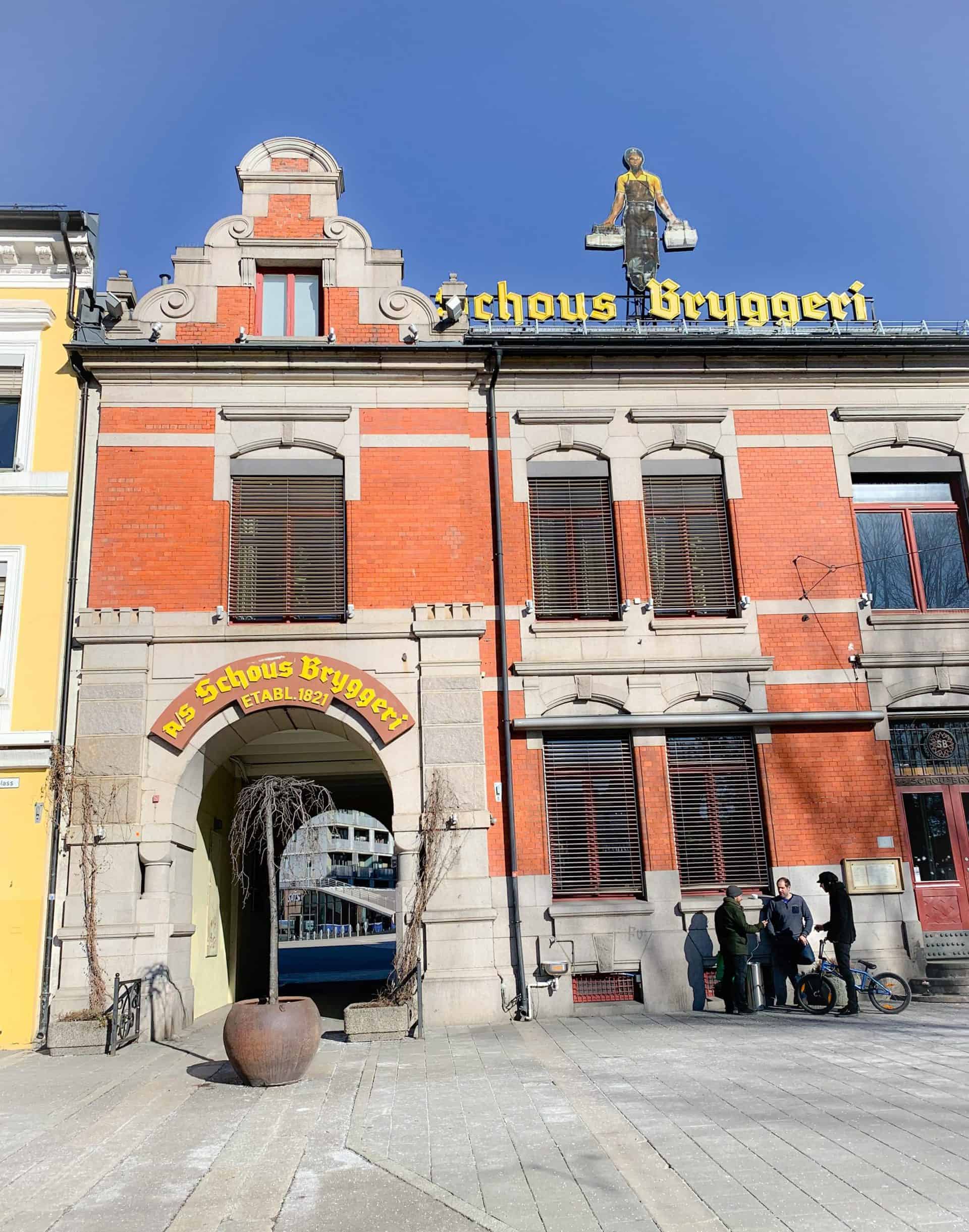Our Grünerløkka tour will take you to Oslo’s trendiest neighborhood. A former factory district turned into a fashion hub, with laid-back cafes and galleries, Grünerløkka is a colorful mix of old and new. Most of the factories as well as residential buildings from the 19th century are still standing. Many of them have been transformed and re-purposed, serving as great examples of adaptive reuse of former industrial locations. During our tour, you will see lively vintage and designer shopping streets, Oslo Food Hall, and the best coffee roaster in Scandinavia!
You will walk along Oslo’s longest river, admire several waterfalls in the middle of the city, and you might even observe some salmon swimming by. You will visit the coziest street in Oslo, see the oldest standing building in the city from the 12th century, and learn about the Jewish history in the area. Enjoy your walk through this unique and charming neighborhood with an incredibly rich past and a colorful present!



